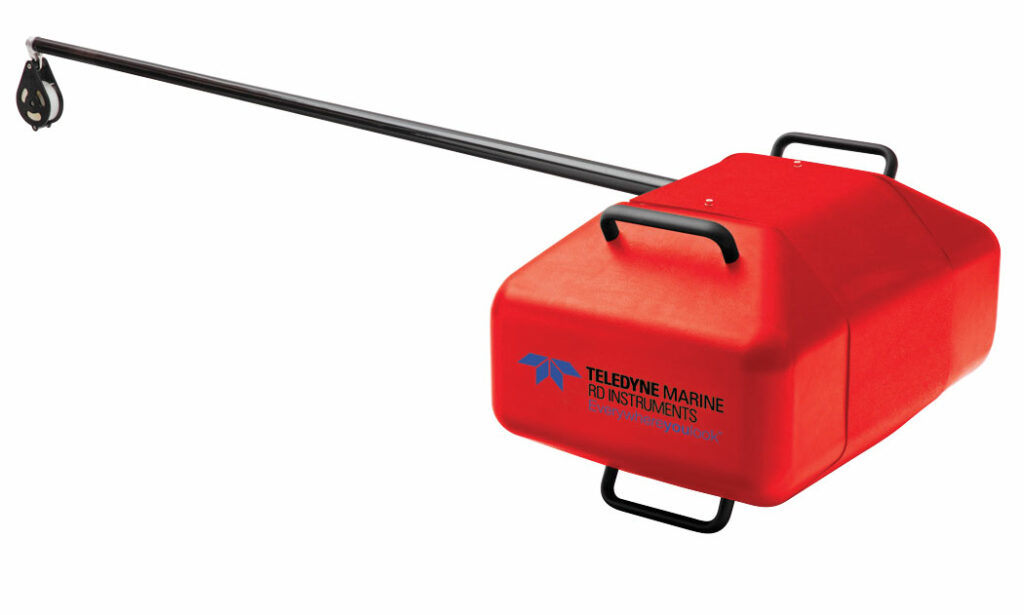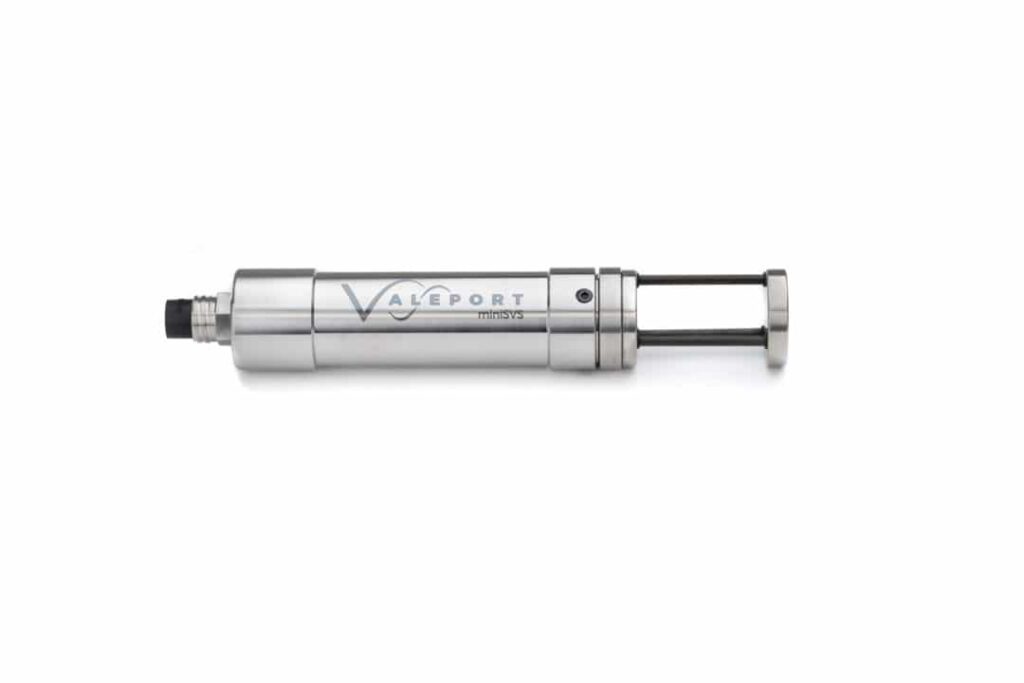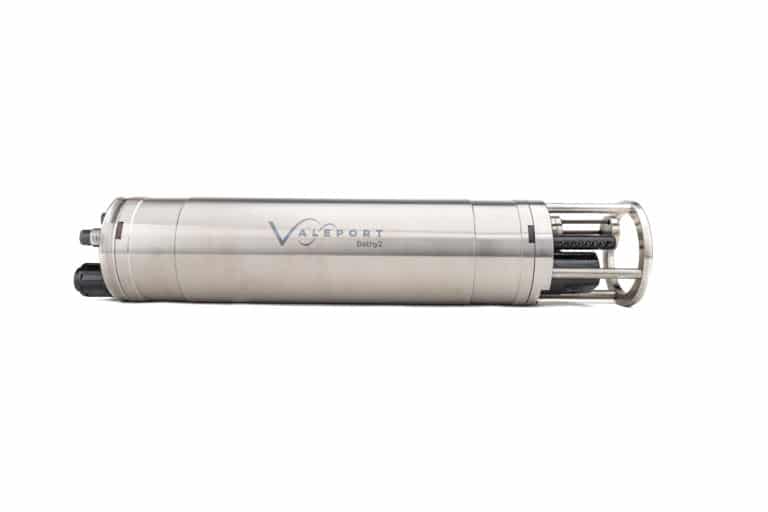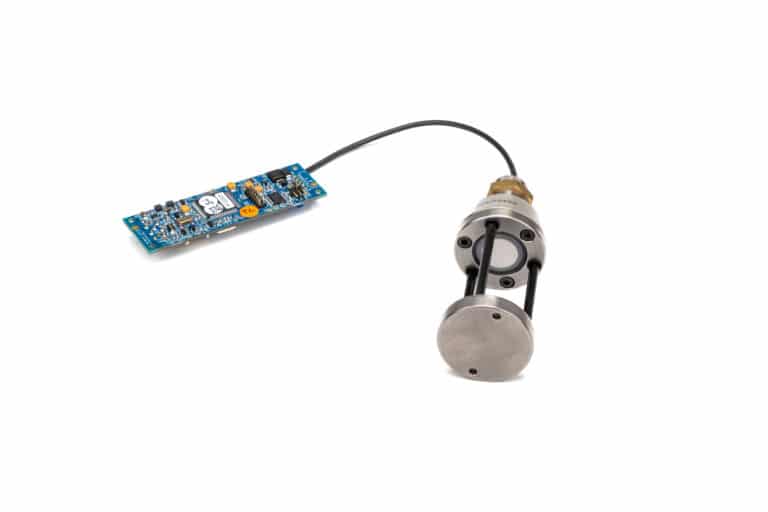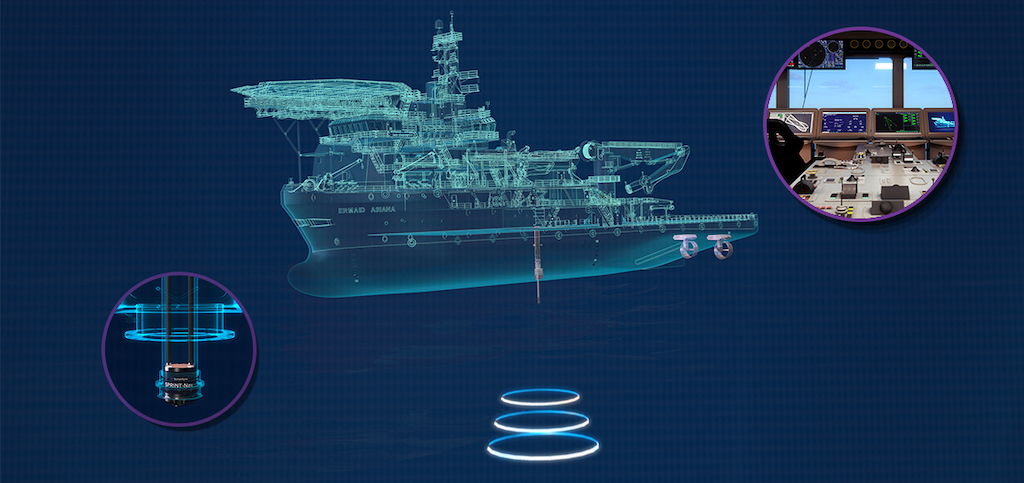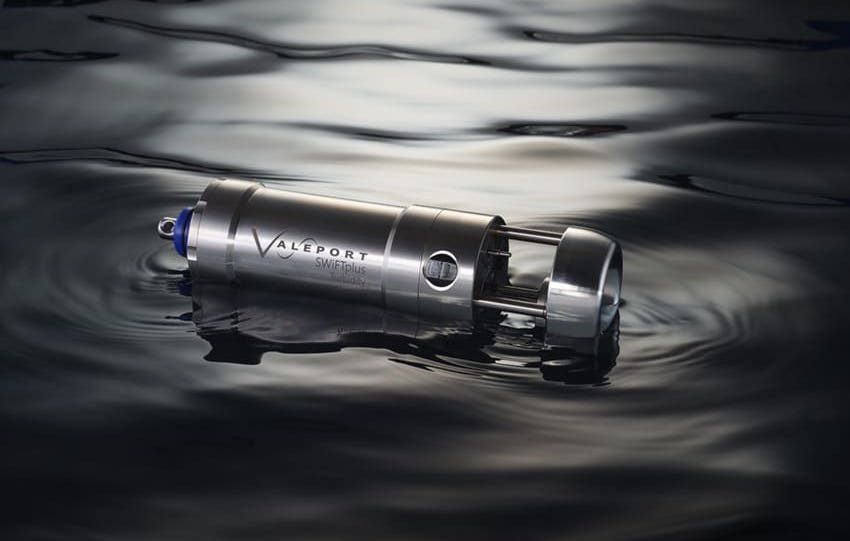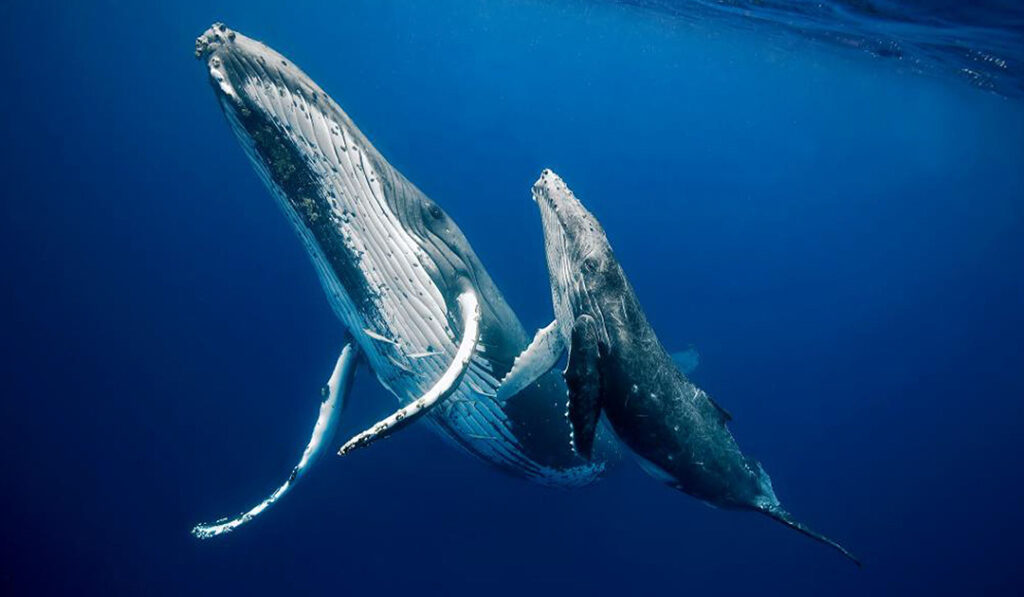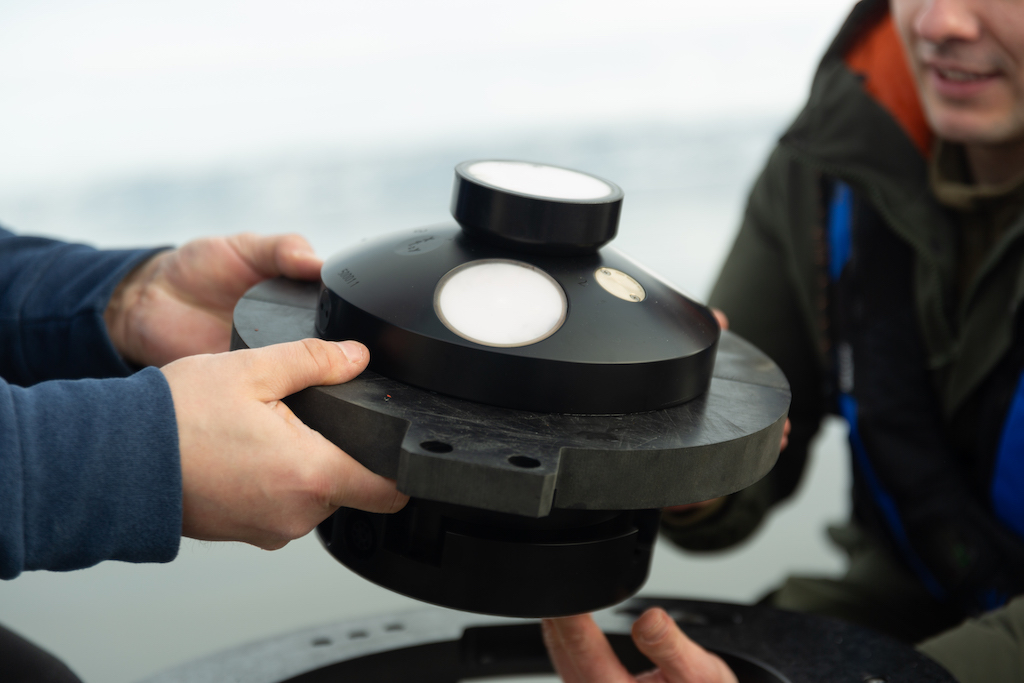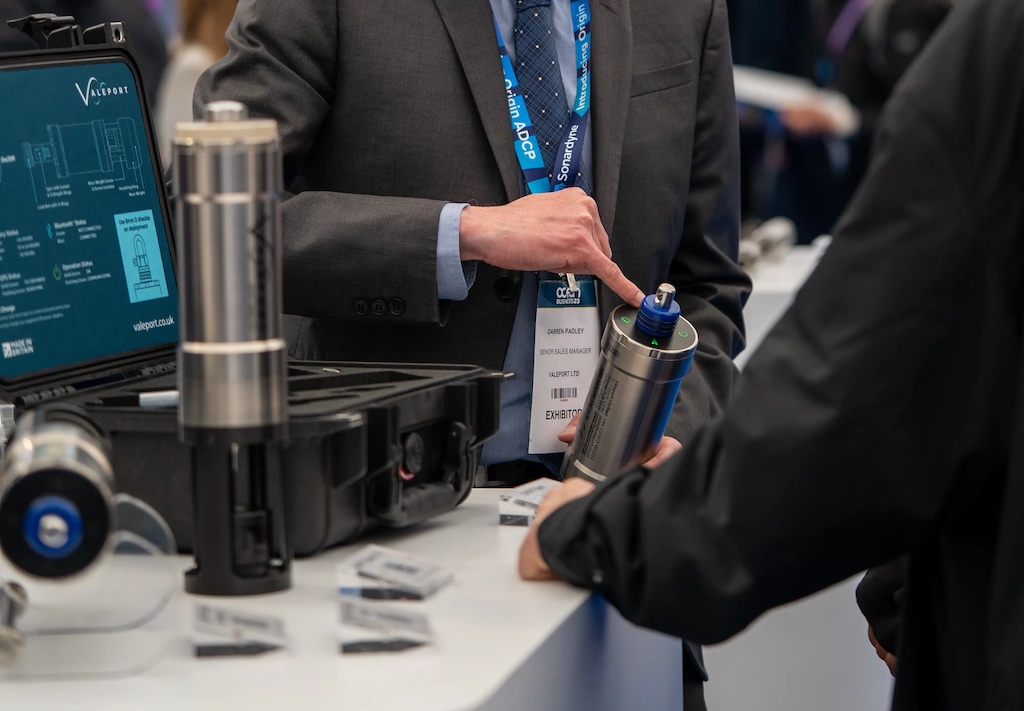Suppliers
Add your company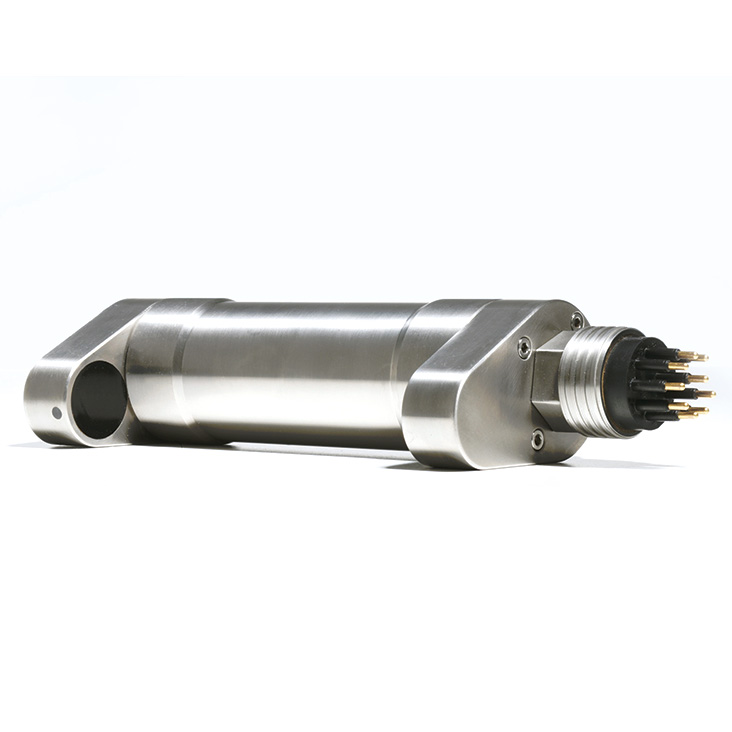
High-Performance Instruments, Sensors & Technologies for Exploring & Monitoring Subsea Environments

High-Precision Oceanographic Sensors & Hydrographic Measurement Solutions for Marine & Subsea Platforms
If you design, build or supply Sound Velocity Profilers, create a profile to showcase your capabilities on this page
Products
Sound Velocity Profilers
A sound velocity profiler, often referred to as an SVP, is a type of oceanographic profiler that deploys a sound velocity sensor to capture the speed of sound in the water column. The instrument typically consists of a probe that can be lowered from a vessel or platform into the water to record sound velocity at different depths.
As the probe descends, it continuously records data at various depths, providing a profile of sound velocity versus depth. This data is then used to correct and interpret acoustic signals more accurately.
By providing precise measurements of the speed of sound through seawater, SVP sensors enhance the accuracy of sonar readings, improve underwater navigation, and support a multitude of marine applications from hydrographic surveying to environmental monitoring.
Sound Velocity Profiler Components
- Sound Velocity Sensor: This is the core component that directly measures the speed of sound. It operates based on principles such as time-of-flight or phase shift, where the time taken for a sound pulse to travel a known distance or the change in phase of a sound wave is used to calculate sound velocity.
- Pressure Sensor: To determine the depth at which measurements are taken, the SVP includes a pressure sensor.
- Temperature Sensor: Since sound velocity in seawater is affected by temperature, this sensor helps compensate for temperature variations.
- Salinity Sensor: Sometimes, an additional salinity sensor is included, as salinity also impacts sound speed.
SVP Survey Applications
SVP surveys, using a sound velocity sensor on an oceanographic profiler are pivotal in advancing marine research.
Hydrographic Surveys
During an SVP survey, the profiler is deployed to obtain a detailed sound velocity profile of the survey area. This data is crucial for correcting sonar readings and improving the accuracy of seabed mapping.
Underwater Navigation
Accurate sound velocity profiles are vital for the calibration of sonar systems used in navigation, ensuring that distance measurements are precise.
Submarine Operations
Submarines rely on sound velocity data for navigation and communication. SVP marine data helps in planning routes and maintaining stealth.
Marine Construction
For underwater construction projects, understanding the sound velocity profile aids in the precise placement of structures and the accurate interpretation of acoustic signals.
Sonar Calibration
Sonar systems, whether used for fish finding, seabed mapping, or military purposes, depend on accurate sound speed data to interpret echoes correctly. Variations in sound speed due to temperature, pressure, and salinity can lead to significant errors if not accounted for.
Seismic Surveys
In oil and gas exploration, sound velocity data from SVP sensors helps in the interpretation of seismic surveys by providing context about the water column through which seismic waves travel.
Environmental Monitoring
SVPs assist in studying oceanographic phenomena like thermoclines, where sharp changes in temperature can affect marine life and sound propagation.
SVP Sensors Vs CTD
Unlike a CTD (conductivity, temperature, and depth) profiler, which measures the physical properties of seawater for oceanographic research, an SVP measures the speed of sound in water for acoustic applications.
A CTD directly measures its parameters, from which salinity and density can be derived, whereas an SVP often uses measurements of temperature, salinity, and pressure (possibly from a CTD) to calculate sound velocity.
CTDs are primarily used for climate research, biological studies, and understanding water mass distribution. They differ from SVPs, which are primarily used in acoustic systems, such as sonar and underwater communication.
NMEA Connectivity
Modern sound-velocity profilers often offer straightforward NMEA connectivity so you can integrate them into your vessel’s existing instruments. Entry-level units typically output NMEA 0183 over a serial port, sending simple text sentences that display real-time sound-speed, temperature, or pressure to chartplotters, data loggers, and survey PCs. Higher-end profilers may support NMEA 2000, plugging directly into the ship’s CAN bus network to share the same data backbone, power, and timing signals with displays, positioning systems, and other sensors, eliminating extra cabling and simplifying installation.






